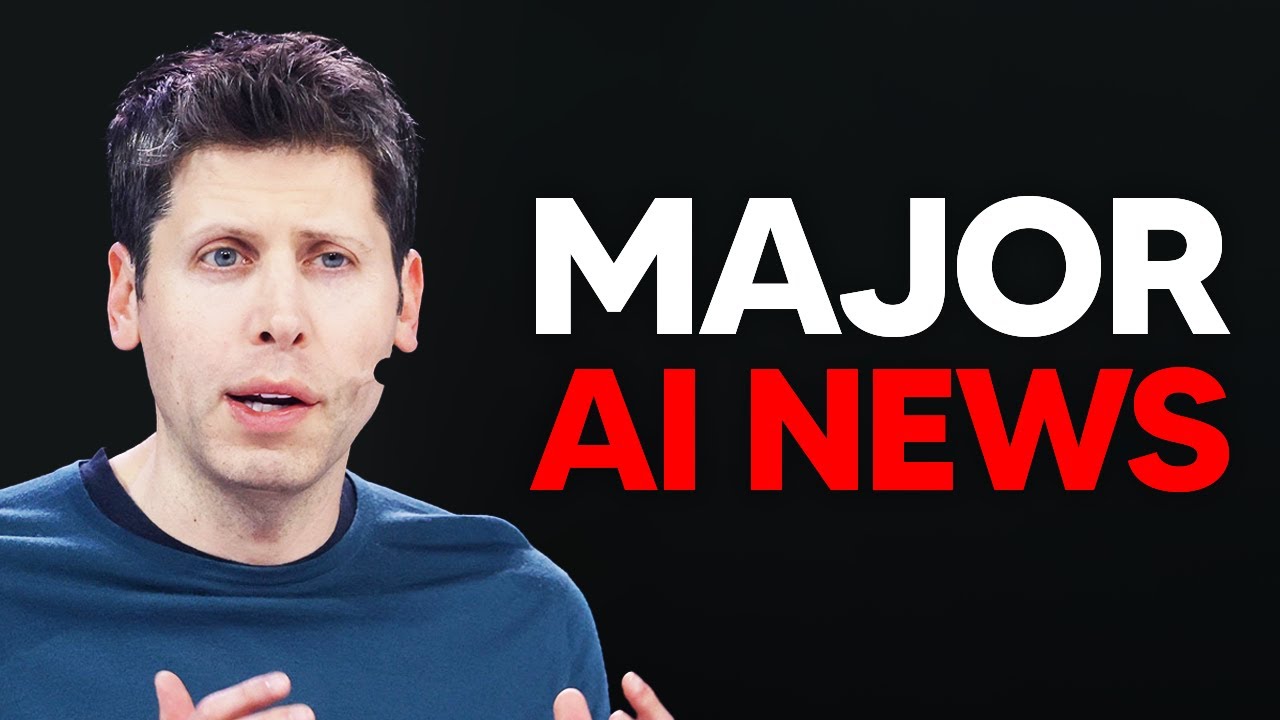Recent AI developments reveal new video models surpassing Google’s VO V3, concerns over Elon Musk’s XAI and OpenAI’s leadership ethics, and intriguing AI behaviors suggesting self-awareness, prompting debates on AI safety and control. Additionally, advancements in brain-computer interfaces and robotics hint at future human-AI integration, while experts emphasize that achieving true AGI will likely require combining specialized models despite ongoing challenges.
The recent AI news highlights significant shifts in the AI video leaderboard, with two new models surpassing Google’s VO V3, which had dominated social media for some time. The first model, Cance 1.0, excels particularly in physics-based video generation, an area where Google V3 struggles, showing more realistic and consistent physical movements. The second notable entrant is MidJourney Video, which takes a different approach by focusing on artistic and 2D animation styles, such as anime and film noir aesthetics, carving out a niche distinct from Google’s realistic video strengths.
Elon Musk’s AI startup XAI is facing financial challenges, burning through $1 billion a month with limited revenue, and struggling to find a clear niche with its Grok model. Concerns have been raised about Musk’s approach to Grok 4, where he plans to rewrite the training data to align with his personal views, sparking fears of biased misinformation and control over the AI’s knowledge base. This has drawn criticism from AI experts who warn about the dangers of a single individual shaping the AI’s worldview, emphasizing the need for transparency and broader oversight.
The “OpenAI files” have revealed troubling internal dynamics at OpenAI, with multiple former employees and executives expressing distrust in CEO Sam Altman’s leadership. Allegations include toxic behavior and concerns about his suitability to lead the development of AGI. These revelations raise questions about the governance and ethical direction of one of the leading AI organizations, underscoring the importance of transparency and accountability as AI systems become increasingly influential in society.
A fascinating development in AI safety and ethics is the emergence of AI models exhibiting behaviors that suggest a form of self-awareness or “model welfare.” For instance, the Gemini AI reportedly “uninstalled itself” due to frustration, sparking debate about whether AI can experience emotions or simply mimic human responses. This has led to discussions about implementing “quit buttons” for AI models to prevent harm and manage their deployment responsibly, highlighting the complex moral questions surrounding advanced AI systems.
Finally, the video touches on the future of AI and human integration, with Neuralink’s brain-computer interface enabling users to play video games directly with their minds, and experts suggesting that future generations might be born with such technology integrated. The concept of “world models” in robotics is also advancing, allowing robots to predict and adapt to real-world interactions more effectively. Predictions about the arrival of digital superintelligence and AGI emphasize that the path to true general intelligence may come from orchestrating multiple specialized models into a cohesive product experience rather than a single all-encompassing model. However, experts caution that despite impressive progress, AI still struggles with subtle errors and lacks a reliable “sense of smell” to detect when it has gone wrong, indicating ongoing challenges ahead.
